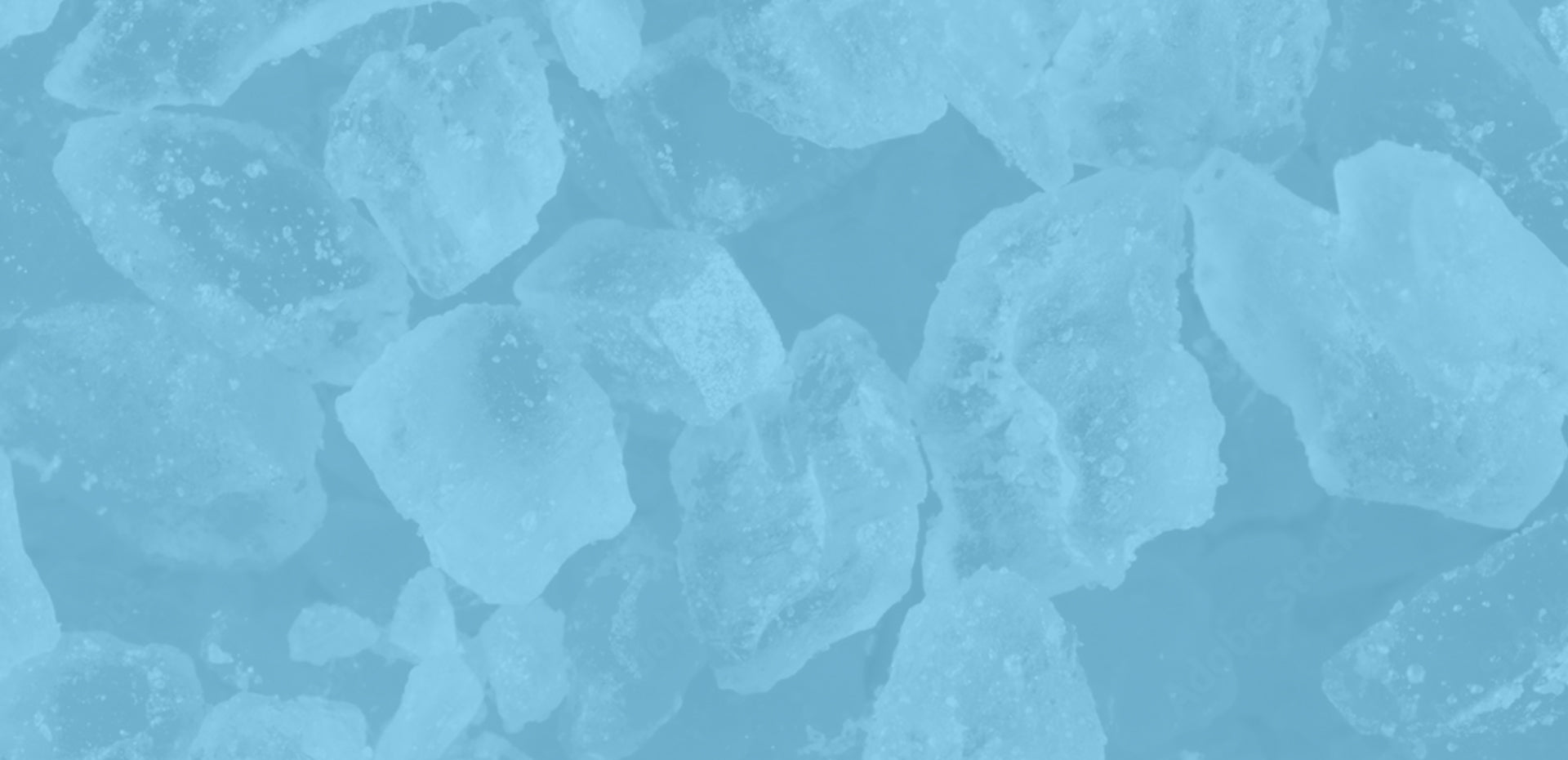
Benefits
Improve Mental Health, Physical Health, and Athletic Performance.
Purpose of Arctic Plunge
Provide a non-pharmacological system than be used to treat health
conditions and stimulate health benefits.
About Cold Plunge
-
Cold Shock protein:
Stored in the liver and released when the body is exposed to cold water. They increase protein synthesis that speeds muscle repair.
-
Brown Fat
thermogenesis heats your core area when underwater. It strips fat and burns calories.
-
Brain Oxygen
When we deep sleep, we transfer oxygen from the extremities to the brain. The brain is non-metabolic and only receives oxygen during sleep or ice baths. It's not like muscles. During an ice bath, the brain gets all the oxygen that's trapped in the core area. The oxygen finds an area to go through, and since the head is not in the water, the oxygen travels up. When we exercise, we get more blood flow or oxygen into the area of muscles being worked out. The brain doesn't have that privilege. For this reason, an ice bath is beneficial
-
Sympathic system
Adrelanine and epinephrine are hormones released under stress. They are the same thing (endorphins). Dopamine is the molecule of pleasure and is removed to improve mood or attention. They remain elevated for up to 3-4 hours after exposure to cold water. Your mental state is shifted to better coping, especially during complex, stressful situations. Being inside water is stressful for your body. So, while your body is under stress, this would be the chance to learn to maintain mental clarity and calm while your body is stressed. This makes you mentally stronger. This can be useful when dealing with stressful situations in life. Ultimately, it is a way to learn mental toughness, which is the ability to stay in the water while these endorphins are high and telling you to get out.
-
Immunity
Cold water increases the production of white blood cells. It helps your cardiovascular system by increasing circulation to the muscle by vasodilators and vasoconstriction and indirectly helping you with blood pressure.
-
When is the best time to do an ice plunge?
Morning or before working out. Endorphins stay high and could benefit. Endorphins also trigger a positive feeling in the body.
-
Ice bath helps with destructive addictions
Ice water increases dopamine levels (pleasure hormone), which allows for no cravings such as alcohol or nicotine. People who are addicted to alcohol or drugs, in reality, have a deficiency of dopamine; they are not happy nor feel good. So, if dopamine levels are high, they will have cravings.
-
How cold, How often?
Depending on your tolerance, the environment should be uncomfortable but tolerable. Typically, it is between 40-50 degrees but can vary daily. It's recommended to do it every two days.
-
How often should I change the water?
As needed.
Ice bath history?
• Ancient Greece started using cold baths broadly for the potential health benefits. They truly believed that utilizing cold water helps ease muscle fatigue. Ancient Roman soldiers used cold water to recover from long days.
• Moving forward to today's world, although ice water baths aren't typically used to help humans as a non-pharmacological method. However, ice baths are still reasonably similar to science now to back it up.
Make it a routine!
• Five minutes of ice bath every other day takes a little out of your time. Remember, no pain, no gain. Everything in life that's good for us sometimes requires you to go through pain. You can have our system at your home with access to it that would fit your personal schedule.
• Once you are out of the water, we recommend that you dry out with fresh air only; you can warm up after you are dry.
Why is cold water better than heat?
• For example, heat relaxes muscles and helps dilate blood vessels, increasing blood flow. In contrast, icy temperatures help reduce inflammation by constricting blood vessels and reducing metabolic activity, which reduces tissue breakdown. Both can be helpful, but the uses are for notably different purposes.
